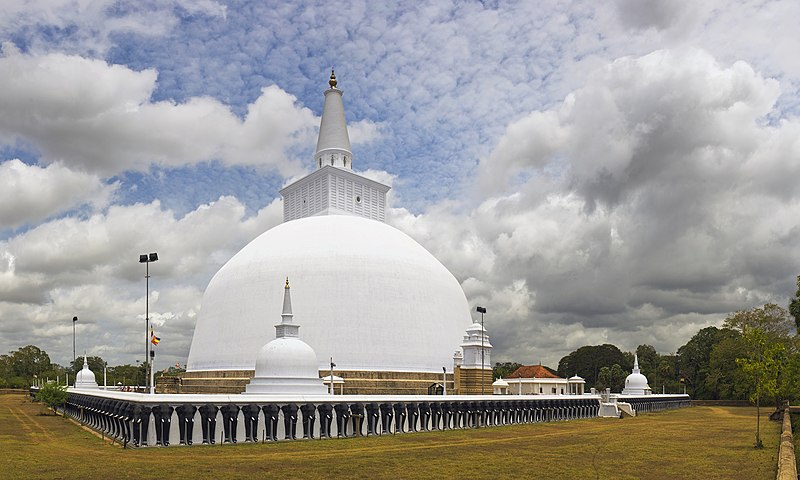Pauni Brahmi Inscription (INNAG0022)
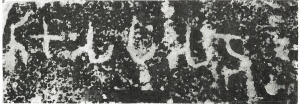
Pauni (पवनी Bhandara district) Maharashtra. Donative Inscription.
Pauni Brahmi Inscription (INNAG0021)
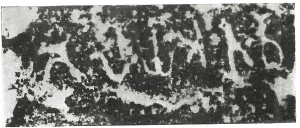
Pauni (पवनी, Bhandara district) Maharashtra. Donative Inscription.
Pauni Brahmi Inscription (INNAG0020)
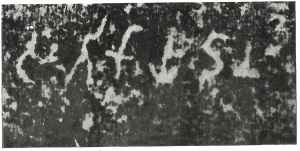
Pauni (पवनी Bhandara district) Maharashtra. Donative Inscription.
Pauni Brahmi Inscription (INNAG0019)

Pauni (पवनी Bhandara district) Maharashtra. Donative Inscription.
Pauni Brahmi Inscription (INNAG0018)

Pauni (पवनी Bhandārā district) Maharashtra. Donative Inscription.
Pauni Brahmi Inscription (INNAG0017)
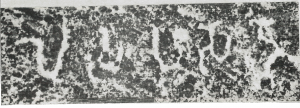
Pauni (पवनी Bhandārā district) Maharashtra. Donative Inscription.
OB03057 Ruvanväli-Dāgaba Slab of Kīrti-Niśśaṅka-Malla
IN03077 Ruvanväli-Dāgaba Slab Inscription of Kīrti-Niśśaṅka-Malla
The inscription is engraved on the side of a fixed slab, which stands erect in a bed of brickwork, flanked by two monolithic pillars, within a few yards of the statues near the eastern altar of the Ruvanväli-dāgaba in Anurādhapura. It was discovered in 1874 by Nāranviṭa Thēra. The inscription consists of 35 lines in the Sinhalese alphabet of the twelfth and thirteenth centuries. It dates from the reign of Kīrti-Niśśaṅka-Malla (1187-1196 A.D.) and gives a general account of his various philanthropic and religious acts, mostly in Poḷonnaruva, his state visit to Anurāpura in his fourth regnal year, the lavish manner in which he worshipped the Ruvanväli-dāgaba there, and the steps he took to restore the Mīrisaviṭiya and other vihāras.
OB03056 Ram̆bǟva Slab Inscription
IN03076 Ram̆bǟva Slab Inscription
The inscription consists of 39 lines engraved on the ruled surface of a stone slab. It was discovered in 1892 by the Archaeological Commissioner (Mr. H.C.P. Bell) a hundred years south of the ‘Cooly Shelter’ at Ram̆bǟva (Rambewa) and subsequently moved to Anurādhapura. Wickremasinghe describes Ram̆bǟva as a well-known village in Kǟn̆dǟ-kōrale at the junction of the two main roads from Anurādhapura and from Mihintale, about nine miles north-east of the former town. The inscription is dated to the first year of the reign of king Siri Saňg-bo Abhā, identified by Wickremasinghe with Mahinda IV. It records a grant of lands and immunities to one Kiliňgu-ra Pirivat Hämbuvan, to be held by him and his descendants for the purpose of supplying oil to illuminate the stone image of the Buddha at the Sacred Bōdhi-tree.
